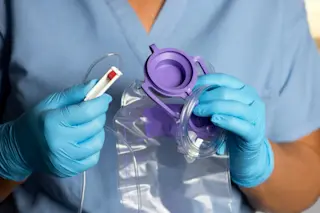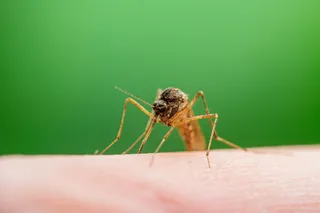Around 440,000 people in the U.S. use a gastrostomy tube (also called a G-tube), according to 2013 data. It can replace or supplement oral feedings by delivering water, food and drugs to the stomach, where a G-tube is surgically, radiographically or endoscopically placed.
I use one myself. Eating was always a chore for me because I have several disabilities from a childhood brain tumor. Many of my recent hospital visits have been due to pneumonia. But after a lengthy stay in the ICU and months of swallow therapy, I decided to put a G-tube in because it would be safer for my lungs and conserve energy from the laborious task of eating — and it would be healthier than my past diet.
There’s two kinds of G-tubes: One is called a ‘conventional tube’ and is about six inches long. It’s floppy like a noodle, and is coiled and taped to ...














